Anjali Gold Partners with Blinkit to Distribute Mustard Oil in Select Cities
- A to Z, Food Hygiene, Food Safety, Health & Wellness, News
- August 5, 2025
 Food Manifest
Food Manifest 
Report Railway Minister Ashwini Vaishnaw announced in the Lok Sabha that displaying food menus and price lists on trains is now mandatory. The Indian Railway Catering and Tourism Corporation (IRCTC) has uploaded the complete menu and rates on its website for easy passenger access. Waiters carry printed menu cards and present them to passengers upon
READ MORE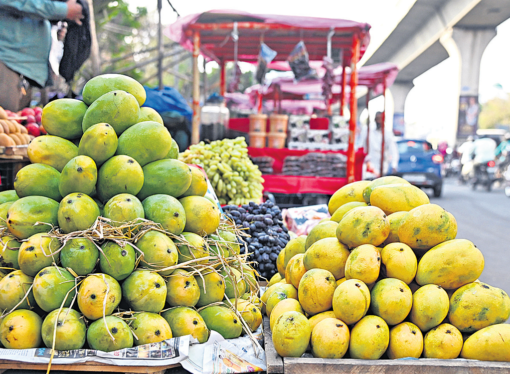
Report With the mango season approaching, food safety officials from the Greater Hyderabad Municipal Corporation (GHMC) launched a special operation at Moazzam Jahi Market (MJ Market) on Wednesday to check for the illegal use of carbide in fruit ripening. Strict Action Against Violators GHMC food safety officers, along with lab technicians, the assistant food controller,
READ MORE
A school meal is more than just food—it’s fuel for the mind and body. A well-fed child can focus better, learn faster, and grow healthier. International School Meals Day shines a light on the power of nutritious school meals in transforming lives. It’s a day to celebrate how these programs fight hunger, boost education, and
READ MORE
Report On Tuesday night, postgraduate students at Osmania University in Hyderabad staged a protest after a student found a razor blade in a meal served at one of the campus hostels. Outraged students claimed that foreign objects in their food had become a recurring issue. The incident occurred during dinner at the New Godavari Hostel
READ MORE
Report The Additional District Magistrate-cum-Adjudicating Officer of North Goa has penalized multiple food business operators for violating food safety regulations. Fines for Adulterated Gin and Whiskey Authorities fined gin sellers ₹50,000 each for using erythrosine, a synthetic colourant banned under the Food Safety and Standards (Food Products Standards and Food Additives) Regulation, 2011. Additionally, a
READ MORE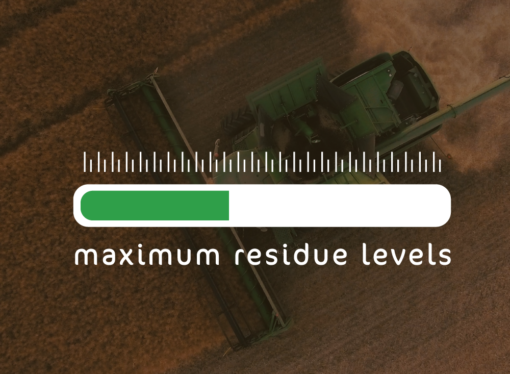
Have you ever wondered if the fruits, vegetables, and grains we consume daily are truly safe from harmful chemicals? Farmers often use pesticides and other chemicals to protect crops from insects, weeds, and diseases, ensuring better yield and quality. However, traces of these chemicals can remain on the food we eat, sometimes at levels that
READ MORE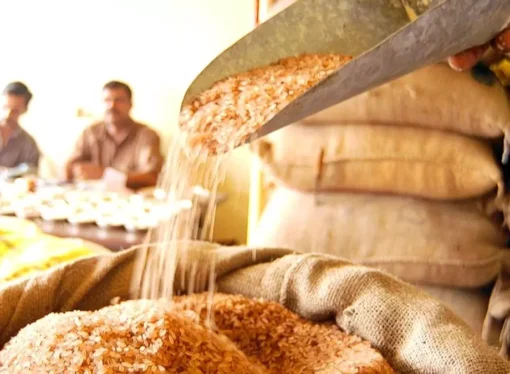
Overview The government has confirmed that rice exports to the European Union (EU) from Tamil Nadu and Andhra Pradesh have reported no aflatoxin detections in the past five years. In a written response to the Lok Sabha on Tuesday, Jitin Prasada, Union Minister of State for Commerce and Industry, stated that individual countries, including the
READ MORE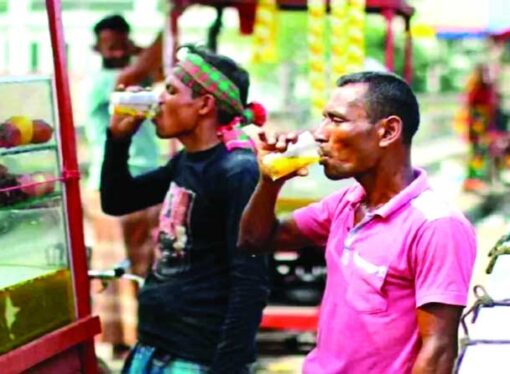
Overview With temperatures exceeding 37 degrees Celsius and heat waves persisting in Erode district in Tamilnadu for three weeks, demand for cool refreshments, especially fresh juices, has surged. People increasingly consume fresh and packaged juices, watermelon, pearl millet porridge, buttermilk, tender coconut, and cold beverages to stay hydrated. Many areas have also seen the emergence
READ MORE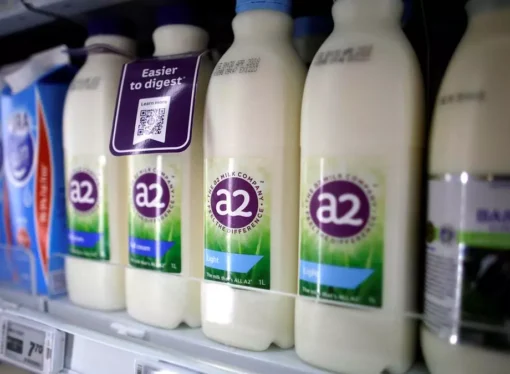
Report The Food Safety and Standards Authority of India (FSSAI) has directed all States and Union Territories (UTs) to intensify their monitoring of Dairy Analogues throughout March, considering the increased demand for dairy products during the current festive season. Purpose of the Monitoring FSSAI aims to prevent food contamination and ensure proper labeling amid heightened
READ MORE